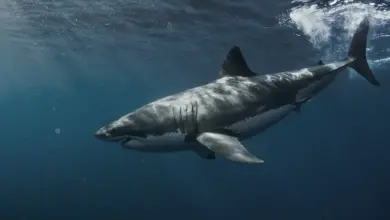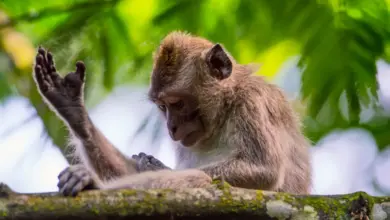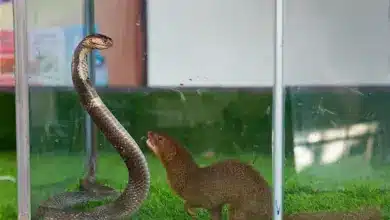We found this video on another nature website, and the person who posted it seemed to be claiming that it represented an example of altruism in a reptile species.

An altruistic act is an effort to help another being, without expecting a benefit or a favor in return. Altruism is common, although far from automatic, among humans, but rare elsewhere in the Animal Kingdom. Elephants and dolphins have been known to perform selfless acts, but most other animals, while taking care of themselves and their young, don’t go out of their way to assist strangers or even close neighbors.
So the idea that a reptile such as a tortoise would exert itself to aid a fellow tortoise in distress is quite striking, and that’s just what this video shows. Or does it?
Certainly, the tortoise who is right-side up does nudge the topsy-turvy one until it flips over and is able to walk again. But why did he do it, other than to be a nice guy? Well, there’s a big clue in what happens after the two of them are both walking again.
See how closely the allegedly altruistic tortoise follows the other one? He seems to want to stay in “touch,” doesn’t he? Well, we’ve seen tortoises before, and this appears to us to be tortoise mating behavior. We think the “rescued” tortoise is a female—a real damsel in distress—and the rescuer is a male. It is probably natural for a male tortoise to nudge, push and even climb on top of a ready-to-breed female who is not walking away from him fast enough, and if she happens to be tipped on her side, his actions will probably end up flipping her back onto her feet.
We can also see some other clues that this is the case. There is quite a bit of sexual dimorphism among tortoises, which means that there are physical differences between males and females. In the video, once the tipped-over tortoise is upright again, it is easy to see that it is larger than its rescuer.
Female tortoises are generally larger than males.
It is also easy to see that her shell is shaped differently than that of the other tortoise: It appears to be higher. Sexual dimorphism among tortoises generally includes differences in shell shape.

Lastly, the circumstances of this video strike us as somewhat suspicious. Both tortoises appear to be on a flat, mowed lawn. How would the larger creature have managed to tip herself over on such unchallenging terrain? Our idea is that someone who knows a little bit about tortoise behavior flipped over a ready-to-mate female and then sent a ready-to-mate male to “rescue” her in front of a video camera.
The misperception that animals have the same motivations and do things for the same reasons as humans is called “anthropomorphism.” In many—but not all—cases, such claims can be disproved.
In any case, the lesson here is an old one: Don’t believe everything you read—and only half of what you see. Or, maybe less than half of what you see, if where you’re seeing it is on the internet!
Tortoises, by the way, are not turtles, although they are related to them. Most turtles live in the water, while tortoises are land animals. Some tortoises have been known to live for as long as 150 years, although most live no longer than people do.




We received this comment via e-mail from Zuri Kelley:
My first thought when viewing this was the grass is so green….” As the video progressed thoughts mirroring your own about how did the tortoise turn over arose as well. Almost needless to say the ending definitely raised a brow that the intentions of the concerned tortoise were more than simple sincerity.
I truly wish people would post facts concerning wildlife plus their actions than faux attempts at explanations. Even if the background had been in the woods I still would question the validity of the material. Great post!
Thanks, Zuri. We’re also working on an upcoming piece about how wildlife films often are not as real as most of us expect a documentary to be. As just an example, a well-known entertainment company once had so little luck filming lemmings leaping off a cliff—little wonder, since lemmings don’t really do that—they resorted to catching a bunch of these rodents on the arctic tundra, transporting them to a cliff, then using a spinning turntable to hurl them off of it!